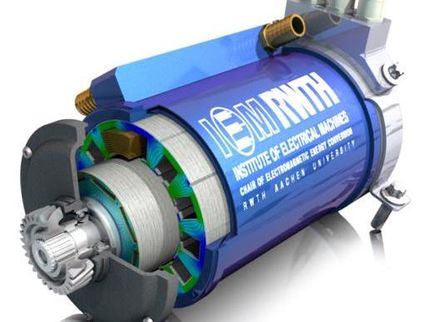Explosive Crystal
Three hundred years after its discovery, the crystal structure and molecular structure of mercury fulminate are determined
Advertisement
Known to the alchemists and long used as a detonator to set off dynamite - mercury fulminate has a checkered past. Now, more than 300 years after the discovery of this explosive compound, German researchers have been able to characterize its crystal structure and thus finally reveal the molecular structure of mercury fulminate. As Wolfgang Beck, Thomas Klapötke and their team report in the journal ZAAC - Journal of Inorganic and General Chemistry, the orthorhombic crystals consist of separate, nearly linear Hg(CNO)2 molecules.
The alchemists of the seventeenth century were already aware that mixtures of "spiritus vini" (ethanol) and mercury in "aqua fortis" (nitric acid) made for an explosive brew. In his book Laboratorium Chymicum, Johann Kunckel von Löwenstern describes the vigorous reaction of mercury nitrate with alcohol to form mercury fulminate (Hg(CNO)2). In 1799, the English chemist Edward Howard isolated the compound by chance, which was produced a sensation in the nascent scientific field of chemistry.
Mercury fulminate is very sensitive to shock, friction, and sparks. It explosively decomposes to form mercury, carbon monoxide, and nitrogen. This explosive power was used extensively: Alfred Nobel put mercury fulminate into blasting caps for detonating dynamite. This relatively safe new detonator was what allowed for the huge success of dynamite. In Germany alone, the annual production of mercury fulminate in the early 20th century reached about 100,000 Kg.
The first investigations of the crystal structure of mercury fulminate by X-ray structure analysis date from 1931. Now Beck, Klapötke and their team have finally succeeded in fully solving the structure. Mercury fulminate crystals are orthorhombic and the crystal consists, as expected, of separate Hg(CNO)2 molecules. Each mercury atom is surrounded by two carbon atoms. The measured positions and bond lengths confirm a molecular structure of ONCHgCNO. Says Beck: "In addition, we can unambiguously show that the molecules in the crystal have a stretched-out, nearly linear form. They are not bent, and each mercury atom is not bound to two oxygen atoms, as they are amazingly still occasionally depicted in the literature."
Original publication: Wolfgang Beck, Prof. Dr. *, Jürgen Evers, Michael Göbel, Gilbert Oehlinger, Thomas M. Klapötke; "The Crystal and Molecular Structure of Mercury Fulminate (Knallquecksilber)"; Z. anorg. allg. Chem. 2007, Bd. 633, Nr. 9, S. 1417-1422.
Other news from the department science

Get the chemical industry in your inbox
By submitting this form you agree that LUMITOS AG will send you the newsletter(s) selected above by email. Your data will not be passed on to third parties. Your data will be stored and processed in accordance with our data protection regulations. LUMITOS may contact you by email for the purpose of advertising or market and opinion surveys. You can revoke your consent at any time without giving reasons to LUMITOS AG, Ernst-Augustin-Str. 2, 12489 Berlin, Germany or by e-mail at revoke@lumitos.com with effect for the future. In addition, each email contains a link to unsubscribe from the corresponding newsletter.




























































